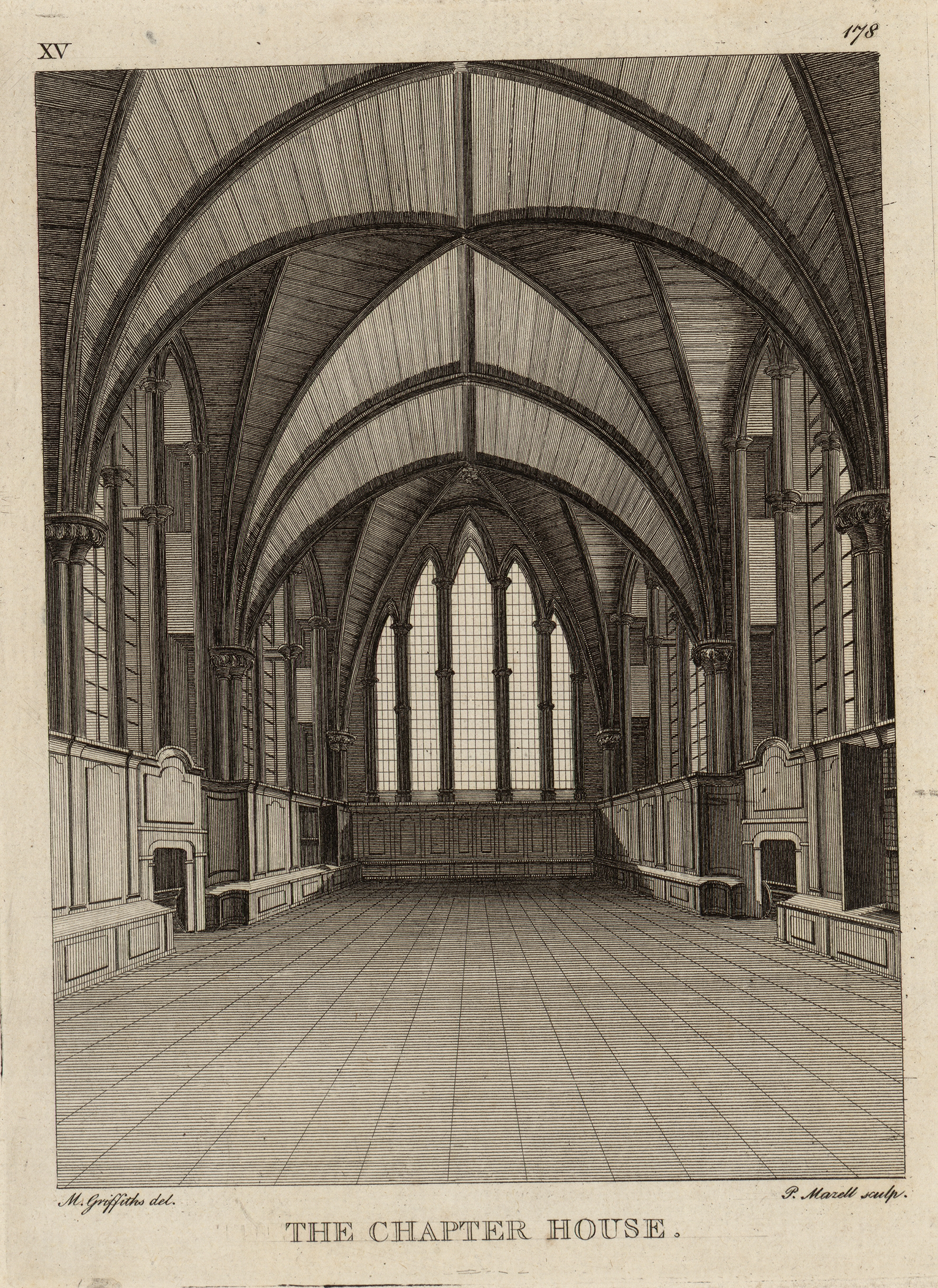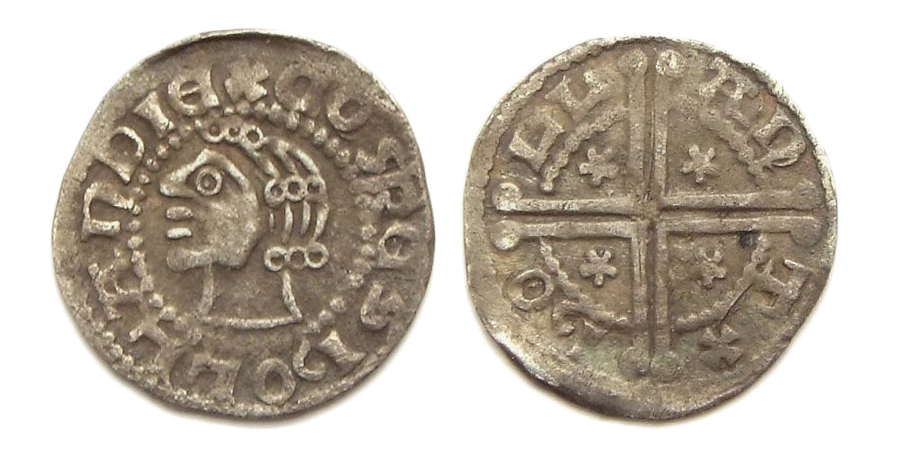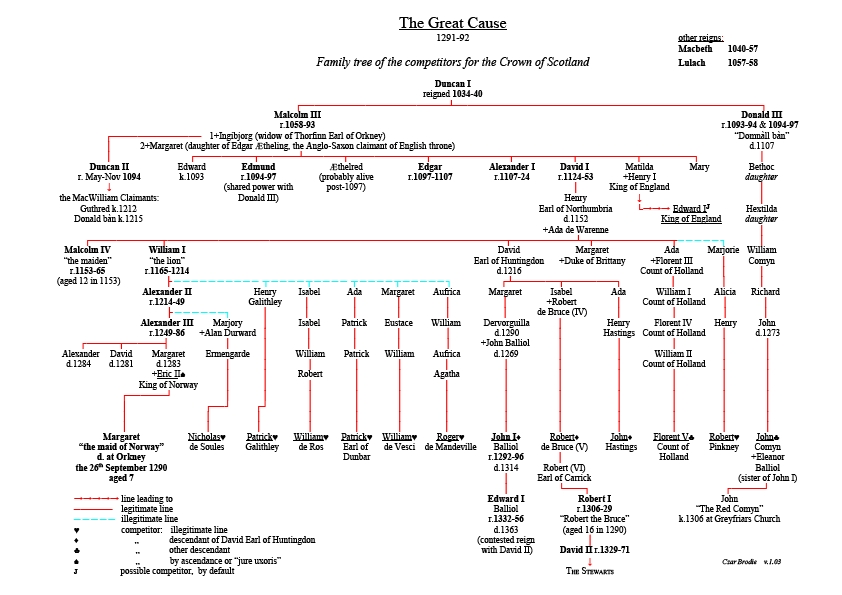|
David Of Scotland, 8th Earl Of Huntingdon
David of Scotland (Medieval Gaelic: ''Dabíd'') (1152 – 17 June 1219) was a Kingdom of Scotland, Scottish prince and 8th Earl of Huntingdon. He was, until 1198, heir to the Scottish throne. Life He was the youngest surviving son of Henry of Scotland, 3rd Earl of Huntingdon and Ada de Warenne, a daughter of William de Warenne, 2nd Earl of Surrey, and Elizabeth of Vermandois, Countess of Leicester, Elizabeth of Vermandois. His paternal grandfather was David I of Scotland. Huntingdon was granted to him after his elder brother William I of Scotland ascended the throne. David's son John de Scotia, 9th Earl of Huntingdon, John succeeded him to the earldom. In 1190 his brother gave him 'superiority' over Dundee and its port. The same year he endowed Lindores Abbey in Fife and Dundee Parish Church (St Mary's), a church dedicated to St Mary in Dundee. In the Competitors for the Crown of Scotland, litigation for succession to the crown of Scotland in 1290–1292, the great-great-grands ... [...More Info...] [...Related Items...] OR: [Wikipedia] [Google] [Baidu] |
Earl Of Huntingdon
Earl of Huntingdon is a title which has been created several times in the Peerage of England. The medieval title (1065 creation) was associated with the ruling house of Scotland (David I of Scotland, David of Scotland). The seventh and most recent creation dates to 1529. In this lineage, the current holder of the title is William Hastings-Bass, 17th Earl of Huntingdon (b. 1948). In English folklore, the title has been associated with Robin Hood, whose true name is often given as Robert Fitzooth, "Robert of Huntingdon", though alternatively Robin is said to be from Locksley or Loxley. Early history Huntingdonshire was part of the Kingdom of East Anglia, inhabited by a group known as the Gyrwas from about the 6th century. It fell to the Danelaw, Danes in the 9th century, but was re-conquered under Edward the Elder in 915. An earldom of Huntingdon was established shortly after, and it was one of the seven earldoms of Saxon England during the reign of king Edward the Confessor. I ... [...More Info...] [...Related Items...] OR: [Wikipedia] [Google] [Baidu] |
Huntingdon
Huntingdon is a market town in the Huntingdonshire district in Cambridgeshire, England. The town was given its town charter by King John in 1205. It was the county town of the historic county of Huntingdonshire. Oliver Cromwell was born there in 1599 and became one of its Members of Parliament (MP) in 1628. The former Conservative Prime Minister (1990–1997) John Major served as its MP from 1979 until his retirement in 2001. History Huntingdon was founded by the Anglo-Saxons and Danes. It is first mentioned in the Anglo-Saxon Chronicle in 921, where it appears as ''Huntandun''. It appears as ''Huntedun'' in the Domesday Book of 1086. The name means "The huntsman's hill" or possibly "Hunta's hill". Huntingdon seems to have been a staging post for Danish raids outside East Anglia until 917, when the Danes moved to Tempsford, now in Bedfordshire, before they were crushed by Edward the Elder. It prospered successively as a bridging point of the River Great Ouse, a market tow ... [...More Info...] [...Related Items...] OR: [Wikipedia] [Google] [Baidu] |
Alan, Lord Of Galloway
Alan of Galloway (before 1199 – 1234), also known as Alan fitz Roland, was a leading thirteenth-century Scottish magnate. As the hereditary Lord of Galloway and Constable of Scotland, he was one of the most influential men in the Kingdom of Scotland and Irish Sea zone. Alan first appears in courtly circles in about 1200, about the time he inherited his father's possessions and offices. After he secured his mother's inheritance almost two decades later, Alan became one of the most powerful magnates in the Scottish realm. Alan also held lands in the Kingdom of England, and was an advisor of John, King of England concerning ''Magna Carta''. Alan later played a considerable part in Alexander II, King of Scotland's northern English ambitions during the violent aftermath of John's repudiation of ''Magna Carta''. Alan participated in the English colonisation of Ulster, receiving a massive grant in the region from the English king, and simultaneously aided the Scottish crown against ... [...More Info...] [...Related Items...] OR: [Wikipedia] [Google] [Baidu] |
Benedict Of Peterborough
Benedict, sometimes known as Benedictus Abbas (Latin for "Benedict the Abbot"; died 29 September 1193), was abbot of Peterborough. His name was formerly erroneously associated with the ''Gesta Henrici Regis Secundi'' and ''Gesta Regis Ricardi'', English 12th century chronicles, which are now attributed to Roger of Howden. Life Benedict first makes his appearance in 1174, as the chancellor of Archbishop Richard, the successor of Becket in the primacy. In 1175, Benedict became prior of Holy Trinity, Canterbury; in 1177, he received from Henry II the abbacy of Peterborough, which he held until his death. As abbot he distinguished himself by his activity in building, in administering the finances of his house and in collecting a library. He is described in the '' Chronicon Petroburgense'' as "blessed both in name and deed". Works Benedict belonged to the circle of Becket's admirers, and wrote two works dealing with the martyrdom and the miracles of his hero. Fragments of the former w ... [...More Info...] [...Related Items...] OR: [Wikipedia] [Google] [Baidu] |
Hugh De Kevelioc, 3rd Earl Of Chester
Hugh of Cyfeiliog, 5th Earl of Chester (1147 – 1181), also written Hugh de Kevilioc, was an Anglo-French magnate who was active in England, Wales, Ireland and France during the reign of King Henry II of England. Origins Born in 1147, he was the son of Ranulf II, 4th Earl of Chester, and his wife Maud, daughter of Robert, 1st Earl of Gloucester, who was an illegitimate son of King Henry I of England. A later tradition claims he was born in the Cyfeiliog district of Wales. Career On his father's death in 1153, he became heir to extensive estates. In France, these included the hereditary viscountcies of Avranches, Bessin, and Val de Vire, as well as the honours of St Sever and Briquessart. In England and Wales, there was the earldom of Chester with its associated honours. Together, they made him one of the most important Anglo-Norman landholders when he was declared of age in 1162 and took possession. He quickly took his place among King Henry II's magnates, being presen ... [...More Info...] [...Related Items...] OR: [Wikipedia] [Google] [Baidu] |
Throne Of Scotland
The monarch of Scotland was the head of state of the Kingdom of Scotland. According to tradition, the first King of Scots was Kenneth I MacAlpin (), who founded the state in 843. Historically, the Kingdom of Scotland is thought to have grown out of an earlier "Kingdom of the Picts" (and later the Kingdom of Strathclyde that was conquered in the 11th century, becoming part of the new Kingdom of Scotland) though in reality the distinction is a product of later medieval myth and confusion from a change in nomenclature i.e. ('King of the Picts') becomes (King of Alba) under Donald II when annals switched from Latin to vernacular around the end of the 9th century, by which time the word in Scottish Gaelic had come to refer to the Kingdom of the Picts rather than Britain (its older meaning). The Kingdom of the Picts just became known as the Kingdom of Alba in Scottish Gaelic, which later became known in Scots and English as ''Scotland''; the terms are retained in both languages ... [...More Info...] [...Related Items...] OR: [Wikipedia] [Google] [Baidu] |
Hereditary Monarchy
A hereditary monarchy is a form of government and succession of power in which the throne passes from one member of a ruling family to another member of the same family. A series of rulers from the same family would constitute a dynasty. It is historically the most common type of monarchy and remains the dominant form in extant monarchies. It has the advantages of continuity of the concentration of power and wealth and predictability of who one can expect to control the means of governance and patronage. Provided that a monarch is competent, not oppressive, and maintains an appropriate dignity, it might also offer the stabilizing factors of popular affection for and loyalty to a ruling family. The adjudication of what constitutes oppressive, dignified and popular tends to remain in the purview of the monarch. A major disadvantage of hereditary monarchy arises when the heir apparent may be physically or temperamentally unfit to rule. Other disadvantages include the inability of a p ... [...More Info...] [...Related Items...] OR: [Wikipedia] [Google] [Baidu] |
Floris V, Count Of Holland
Floris V (24 June 1254 – 27 June 1296) reigned as Count of Holland and Zeeland from 1256 until 1296. His life was documented in detail in the Rijmkroniek by Melis Stoke, his chronicler. He is credited with a mostly peaceful reign, modernizing administration, policies beneficial to trade, generally acting in the interests of his peasants at the expense of nobility, and reclaiming land from the sea. His dramatic murder, engineered by King Edward I of England and Guy, Count of Flanders, made him a hero in Holland. Early life Floris was the son of Count William II (1227–1256) and Elisabeth of Brunswick-Lüneburg.M. A. Pollock, Scotland, ''England and France After the Loss of Normandy, 1204-1296'', (The Boydell Press, 2015), xv. His father was slain in 1256 by Frisians when Floris was just two years old. Custody over Floris fell first to his uncle (Floris de Voogd from 1256 to 1258), then to his aunt ( Adelaide of Holland from 1258 to 1263). The fight over custody of Hol ... [...More Info...] [...Related Items...] OR: [Wikipedia] [Google] [Baidu] |
Competitors For The Crown Of Scotland
When the crown of Scotland became vacant in September 1290 on the death of the seven-year-old Queen Margaret, 13 claimants to the throne came forward. Those with the most credible claims were John Balliol, Robert de Brus, 5th Lord of Annandale, John Hastings and Floris V, Count of Holland. Fearing civil war, the Guardians of Scotland asked Edward I of England to arbitrate. Before agreeing, he obtained concessions going some way to revive English overlordship over the Scots. A commission of 104 "auditors" was then appointed—24 by Edward himself, acting as president; and the rest by Bruce and Balliol, in equal numbers. In November 1292, the body decided in favour of John Balliol, whose claim was based on the traditional criterion of primogeniture—inheritance through a line of firstborn sons. The decision was accepted by the majority of the powerful in Scotland, and John ruled as King of Scots from then until 1296. Background With the death of King Alexander III in 1286, the ... [...More Info...] [...Related Items...] OR: [Wikipedia] [Google] [Baidu] |
Dundee Parish Church (St Mary's)
Dundee Parish Church (St Mary’s) is located in the east section of Dundee's "City Churches", the other being occupied by the Steeple Church. Both are congregations in the Church of Scotland, although with differing styles of worship. Dundee played an important role in the Reformation, and John Knox asserts in his History of the Reformation that "the first face of a public church Reformed" was that of St Mary's in Dundee, by 1556. The church dates back to 1190, when it was founded by David, Earl of Huntingdon, brother of William the Lion, King of Scots. The original buildings have not survived. In 1303 the church was burnt by an invading English army. Following a further invasion in 1547 the church was burnt down again. In the late Middle Ages, Dundee's was the largest parish church in Scotland with the Old Steeple, built in the 1470s during the Provostship of George Spalding, the tallest tower. In 1841 three of the City Churches were again destroyed by fire. Two were re ... [...More Info...] [...Related Items...] OR: [Wikipedia] [Google] [Baidu] |
Fife
Fife (, ; gd, Fìobha, ; sco, Fife) is a council area, historic county, registration county and lieutenancy area of Scotland. It is situated between the Firth of Tay and the Firth of Forth, with inland boundaries with Perth and Kinross (i.e. the historic counties of Perthshire and Kinross-shire) and Clackmannanshire. By custom it is widely held to have been one of the major Pictish kingdoms, known as ''Fib'', and is still commonly known as the Kingdom of Fife within Scotland. A person from Fife is known as a ''Fifer''. In older documents the county was very occasionally known by the anglicisation Fifeshire. Fife is Scotland's third largest local authority area by population. It has a resident population of just under 367,000, over a third of whom live in the three principal towns, Dunfermline, Kirkcaldy and Glenrothes. The historic town of St Andrews is located on the northeast coast of Fife. It is well known for the University of St Andrews, the most ancient univers ... [...More Info...] [...Related Items...] OR: [Wikipedia] [Google] [Baidu] |
Lindores Abbey
Lindores Abbey was a Tironensian abbey on the outskirts of Newburgh, Fife, Newburgh in Fife, Scotland. Now a reduced ruin, it lies on the southern banks of the River Tay, about north of the village of Lindores and is a scheduled ancient monument. The abbey was founded as a daughter house of Kelso Abbey in 1191 (some sources say 1178), by David, Earl of Huntingdon, on land granted to him by his brother William the Lion. The first abbot was Guido, Prior of Kelso, under whom the buildings were mostly completed. The church, dedicated to the Blessed Virgin and St. Andrew, was long, with transepts long. Edward I of England, John I of Scotland, John Balliol, David II of Scotland, David II, and James III of Scotland, James III were among the monarchs who visited Lindores at different times. The Abbey ceased operation in 1559. The Lindores Abbey distillery re-opened in 2017 and began distilling scotch whisky by December of that year. It is operated by the McKenzie Smith family. Hist ... [...More Info...] [...Related Items...] OR: [Wikipedia] [Google] [Baidu] |




.jpg)


